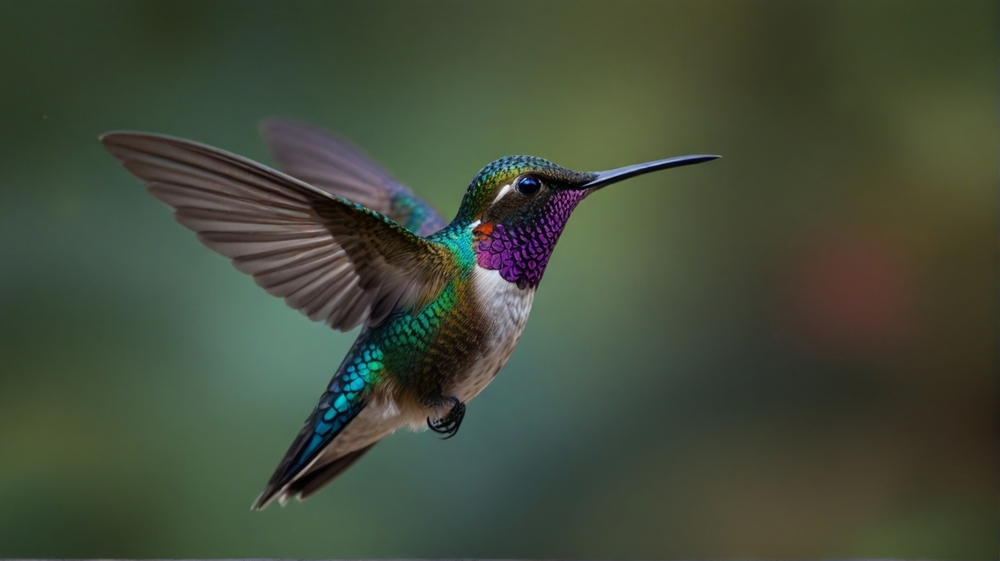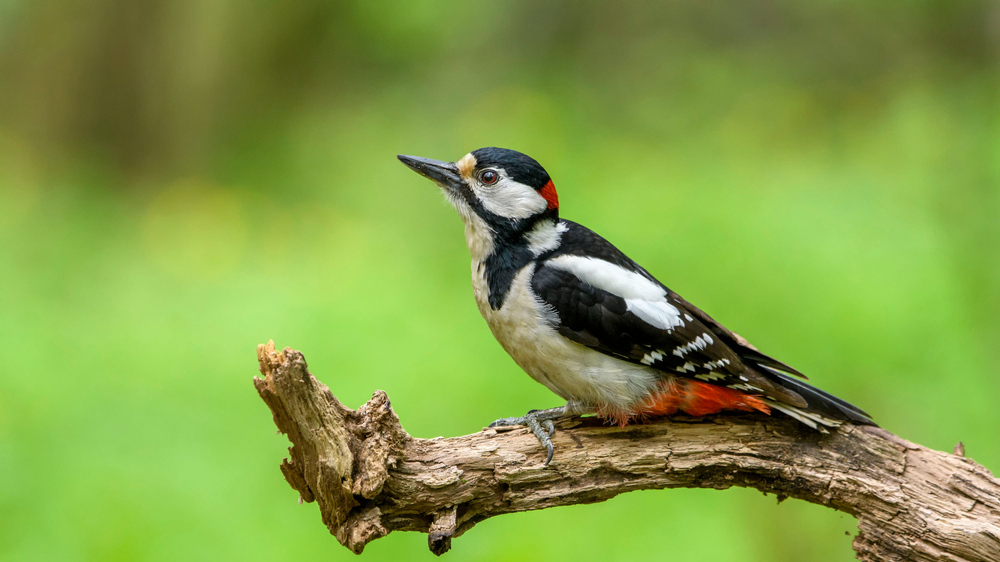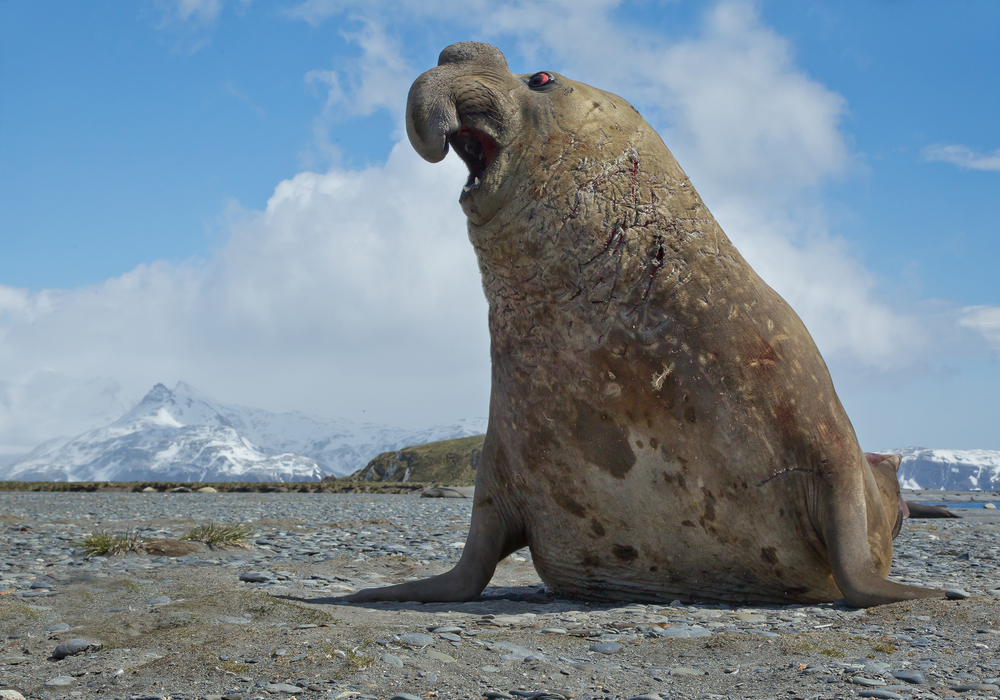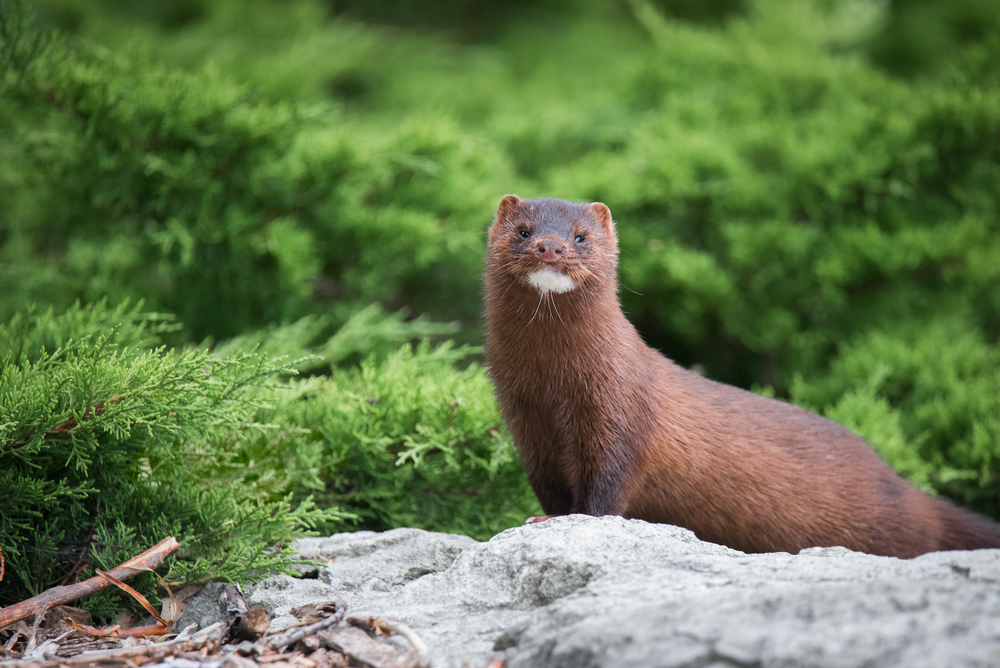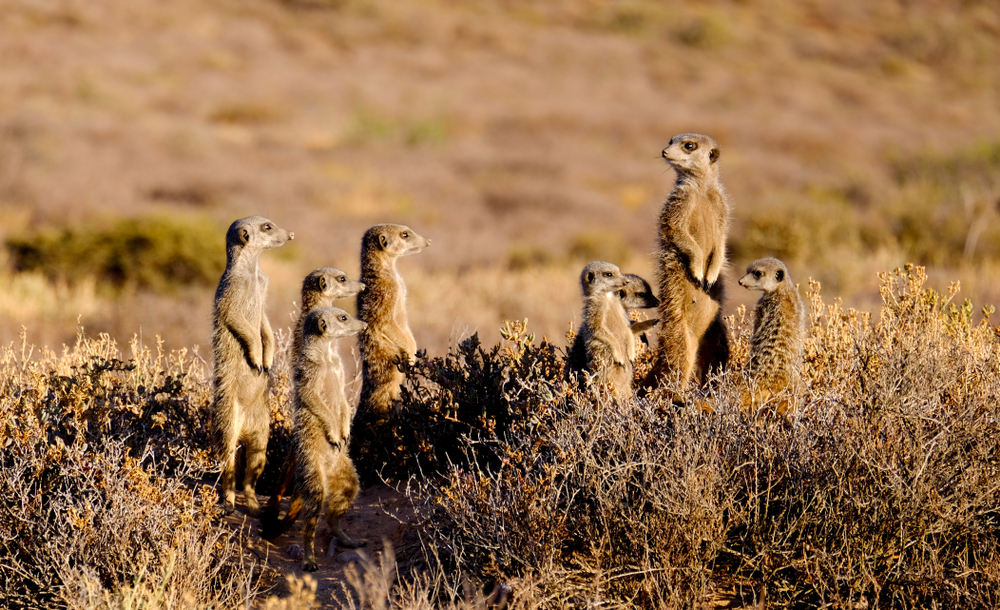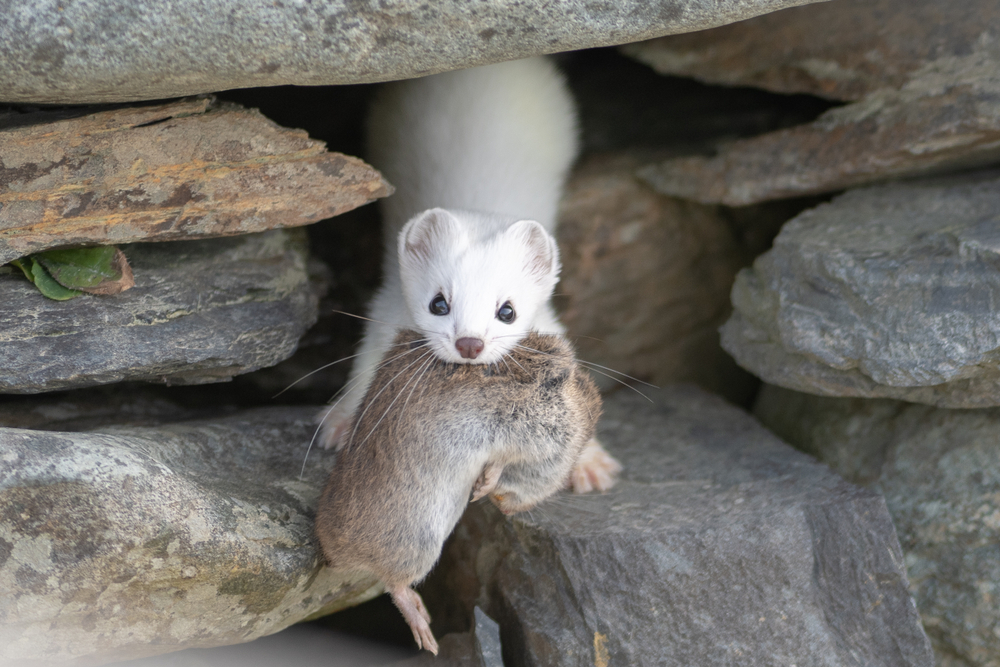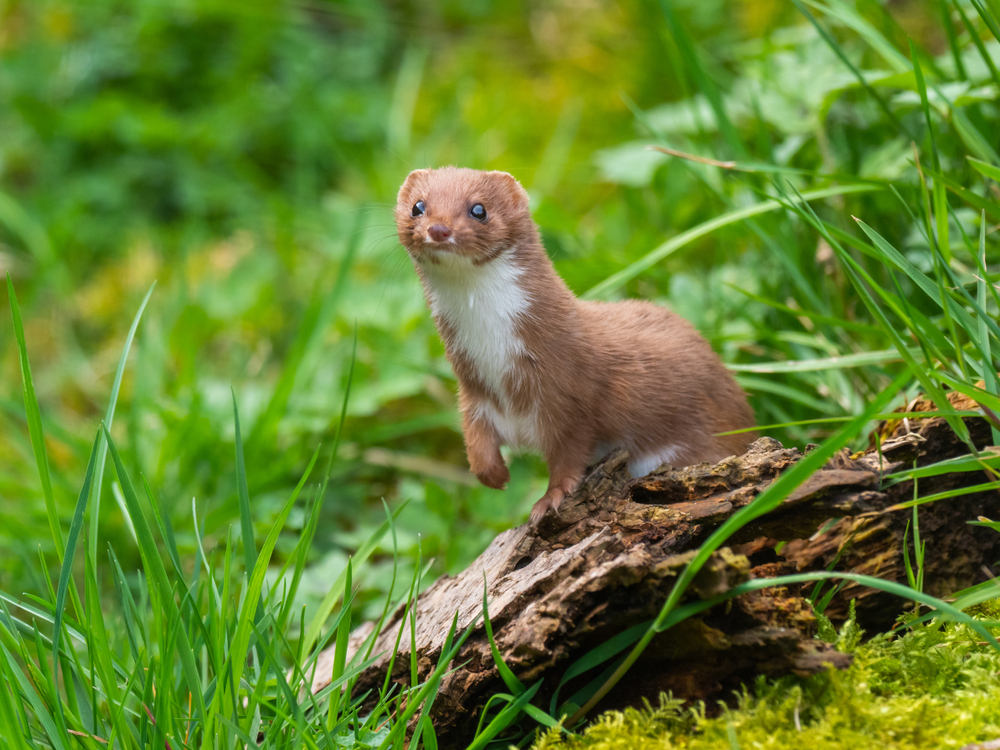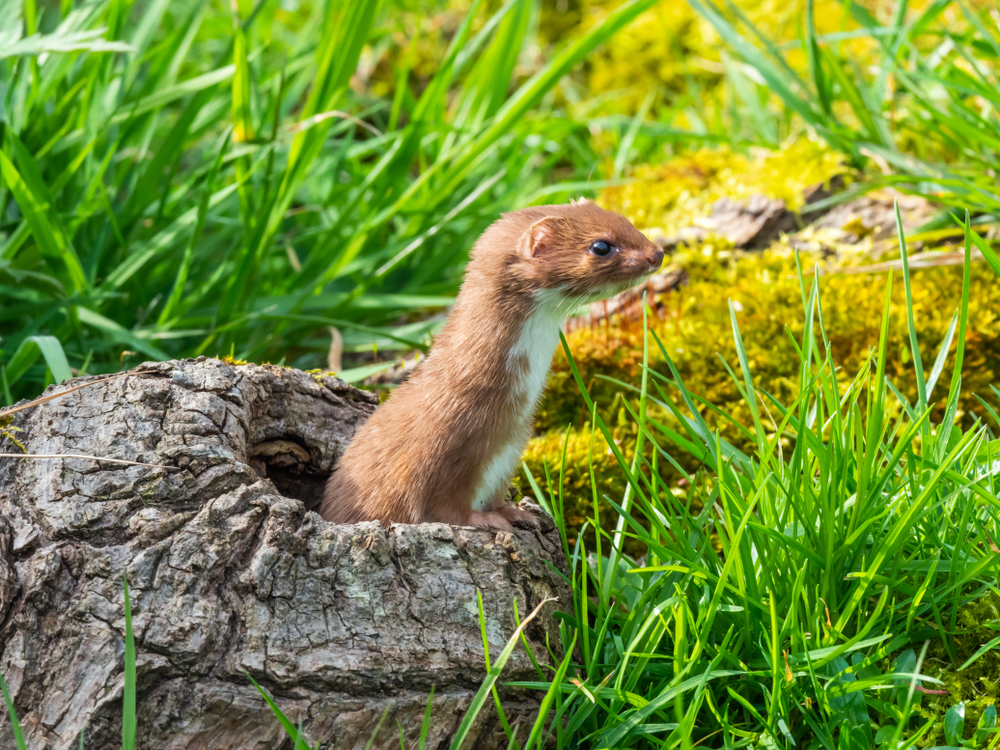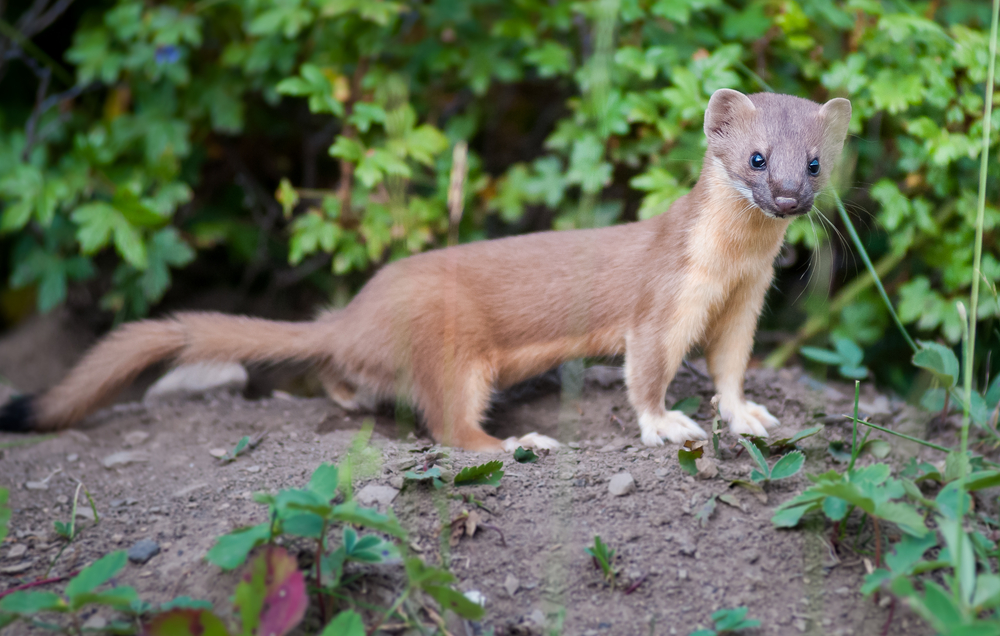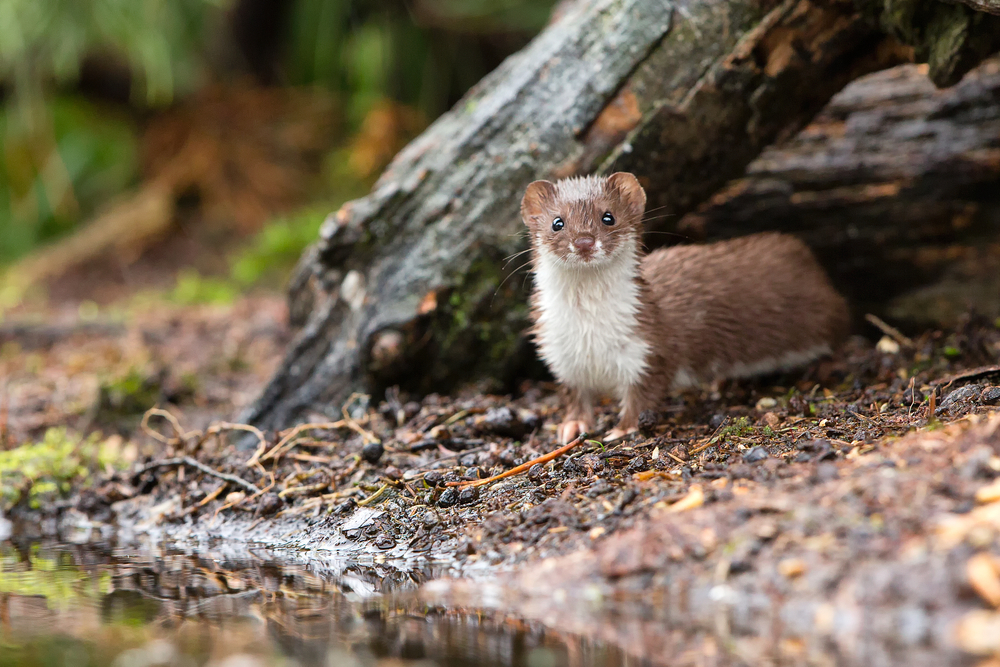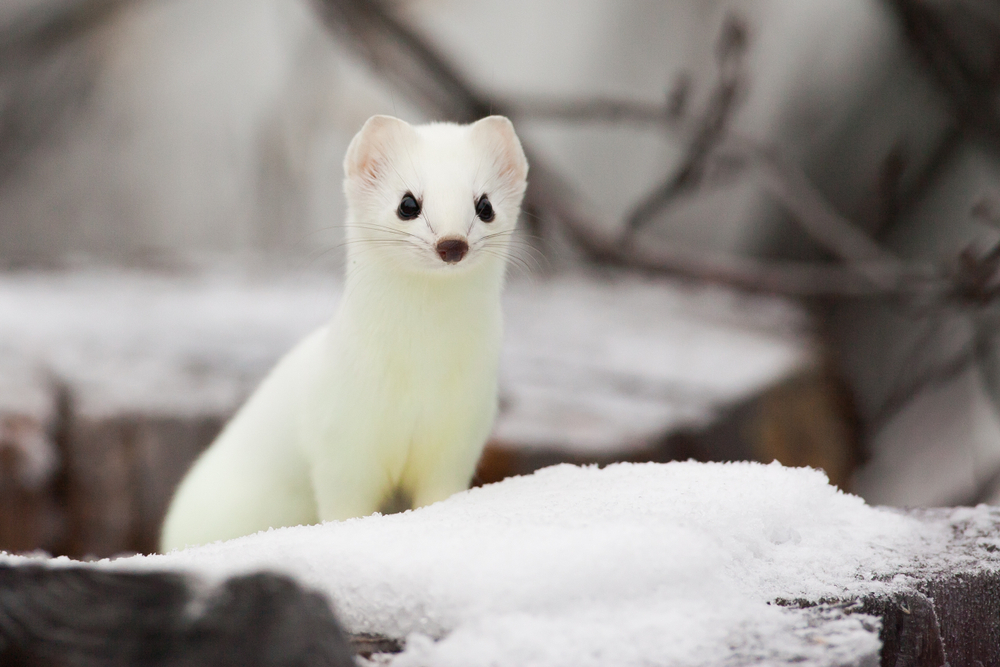Uniqueness
The weasel is a small, carnivorous mammal belonging to the Mustelidae family, which also includes ferrets, otters, and badgers. Here are some key aspects that make the weasel unique:
Physical Characteristics: Weasels are slender-bodied animals with short legs, elongated necks, and small heads. They have sleek, cylindrical bodies that allow them to move swiftly through narrow spaces and dense vegetation. Weasels typically have brown fur with white or yellowish underparts, although their coloration may vary depending on the species and geographic location.
Size: Weasels are among the smallest carnivores, with adult individuals typically measuring around 6 to 8 inches (15 to 20 centimeters) in length, excluding the tail. Despite their small size, weasels are agile and highly skilled hunters, capable of taking down prey much larger than themselves.
Hunting Behavior: Weasels are fierce and efficient predators known for their agility, speed, and voracious appetite. They primarily feed on small mammals such as mice, voles, rats, and rabbits, which they hunt both on the ground and in burrows. Weasels use their keen sense of smell and hearing to locate prey, then pursue it with lightning-fast strikes and precise, lethal bites to the neck or head.
Reproduction: Weasels are solitary animals except during the breeding season, which typically occurs in the spring or summer months. Females give birth to litters of 4 to 6 young, called kits, after a gestation period of around 30 to 40 days. The kits are born blind, deaf, and helpless, but they quickly develop and begin to hunt alongside their mother within a few weeks.
Adaptations for Hunting: Weasels have several anatomical adaptations that make them highly effective hunters. Their slender bodies and flexible spines allow them to squeeze through tight spaces and pursue prey into burrows and crevices. They also have sharp, curved claws and powerful jaws equipped with long, sharp teeth for grasping and killing prey.
Nocturnal Behavior: Weasels are primarily nocturnal hunters, meaning they are most active during the night. This behavior allows them to take advantage of the cover of darkness to hunt for prey while avoiding potential predators. However, weasels may also be active during the day, especially in areas with abundant food sources or during the breeding season.
Role in Ecosystems: Weasels play an important role in maintaining the balance of ecosystems by controlling populations of small mammals, which helps regulate prey populations and prevent overgrazing and habitat degradation. They also serve as prey for larger predators such as foxes, owls, and hawks, contributing to the complex web of interactions within ecosystems.
Conservation Status: While many species of weasels are widespread and common, some populations may be at risk due to habitat loss, fragmentation, and competition with introduced species. Conservation efforts aimed at protecting natural habitats, maintaining prey populations, and minimizing human-wildlife conflict are important for ensuring the long-term survival of weasels and their ecological roles in ecosystems.
Weasels’ unique combination of physical adaptations, hunting behavior, and ecological significance make them fascinating and important members of the animal kingdom. Studying and conserving these small but mighty predators can provide valuable insights into the dynamics of predator-prey relationships and the functioning of ecosystems worldwide.


















